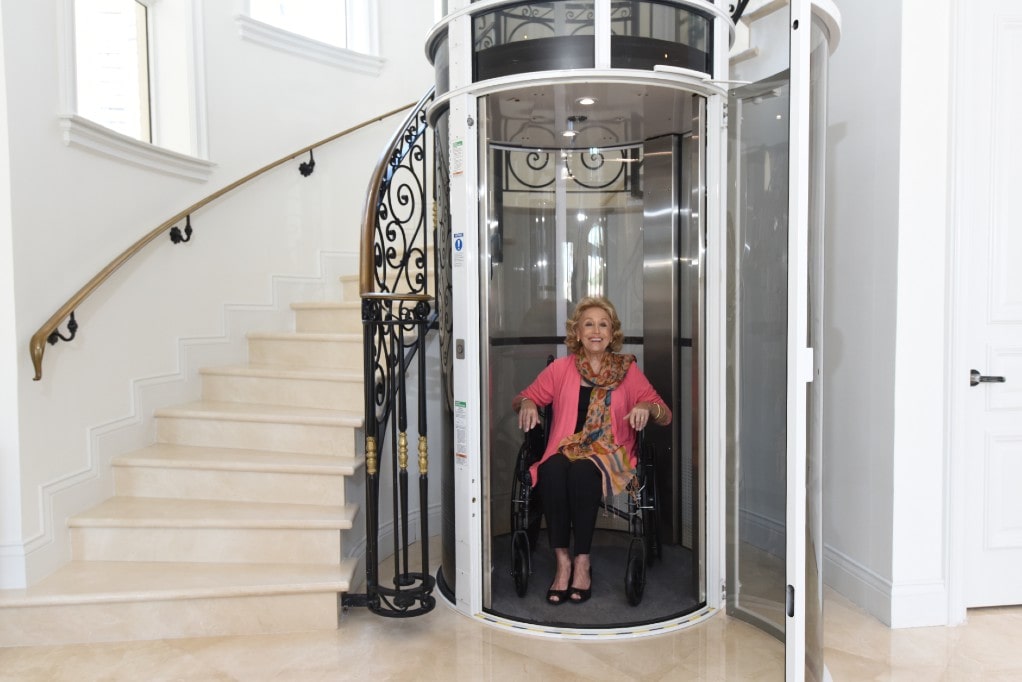Leading Lift Companies in London: Supplying Exceptional Service and Support
Leading Lift Companies in London: Supplying Exceptional Service and Support
Blog Article
Looking Into the World of Lifts: Typical Issues Encountered by Different Lift Systems
As we navigate with the upright transport systems of contemporary buildings, lifts stand out as an important part of our daily lives. From hydraulic elevators to grip systems and machine-room-less designs, each lift type comes with its collection of usual issues.
Hydraulic Elevators
Hydraulic elevators, usually chosen for low-rise structures, make use of fluid pressure to control the motion of the lift vehicle (lift repair companies). This system entails a hydraulic pump pressing oil into a cylinder, triggering the lift to relocate in the desired direction. While hydraulic elevators are understood for their quiet and smooth operation, they do come with their own collection of usual concerns
One widespread issue with hydraulic lifts is oil leakage. Furthermore, problems with the control system, such as defective valves or a malfunctioning pump, can cause disruptions in the elevator's activity.
Normal upkeep and timely repair work are necessary to make sure the smooth functioning of hydraulic elevators. By addressing these common concerns proactively, structure owners can reduce downtime and ensure the safety and efficiency of their vertical transportation system.
Traction Elevators
When considering upright transport systems in structures, another usual kind apart from hydraulic elevators is the grip lift. Traction lifts run utilizing a system of ropes and counterweights that relocate the elevator vehicle by gripping onto the hoist ropes. This device enables for smoother and faster upright transportation contrasted to hydraulic systems.
Among the common concerns dealt with by traction lifts is rope wear. The constant activity of the ropes within the traction system can lead to damage with time, possibly causing the lift to malfunction or come to be risky for usage. Routine inspections and upkeep of the ropes are necessary to ensure the elevator's correct functioning and safety and security.
One more concern that traction lifts may come across is connected to the control system. Issues with the control system can lead to problems such as erratic motion, hold-ups in response times, or also full shutdowns. Routine screening and maintenance of the control system are critical to avoid such concerns and ensure the elevator's integrity.
Machine-Room-Less (MRL) Lifts

Among the essential components of MRL lifts is the small gearless traction equipment that is set up within the hoistway. This device efficiently drives the lift automobile without the need for cumbersome devices found in typical traction lifts. In addition, MRL lifts usually utilize a weight system to stabilize the car, more boosting their energy performance.
Regardless of their benefits, MRL lifts may encounter challenges connected to repair and maintenance as a result of the confined area for tools installation. Access for servicing components within the shaft can be limited, needing specialized training for specialists. Correct upkeep schedules and routine assessments are crucial to make certain the continued smooth operation of MRL elevators.
Overloading and Weight Restriction Issues
Are lifts equipped to deal with excess weight lots successfully and securely? Overloading and weight limitation problems are important concerns in elevator operations. Elevator producers style lifts with certain weight abilities to guarantee passenger safety and equipment durability. Surpassing these weight limitations lift repair near me can cause different issues, including mechanical failures, delays, and safety risks.
When lifts are overwhelmed, it puts excessive strain on the electric motor, cords, and other components, potentially creating breakdowns or malfunctions. If they spot excess weight, safety we maintain lifts devices such as sensors and overload sensing units are in location to avoid lifts from relocating. Additionally, going beyond weight limitations can lead to raised energy consumption and deterioration on the elevator system.
To minimize overwhelming concerns, developing managers must prominently present weight limits in lifts and educate owners on the significance of sticking to these limitations - lift repair companies. Normal maintenance checks by certified service technicians can also assist ensure that elevators are running within safe weight criteria. By dealing with overloading and weight restriction issues proactively, building proprietors can enhance lift safety and security and effectiveness
Electric System Failings
Exceeding weight limits in elevators can not only lead to mechanical problems however likewise potentially contribute to electrical system failures within the lift facilities. Electrical system failures are an important problem in lift procedure, as they can trigger unforeseen shutdowns, malfunctions, or even safety hazards.
Routine upkeep and assessments are important to identify and attend to potential electric problems promptly, making sure the safe and reliable operation of lift systems. By adhering to weight restrictions and conducting regular electrical system checks, structure owners can alleviate the risk of electric failings in elevators.
Conclusion

Hydraulic lifts, frequently favored for low-rise buildings, use fluid stress to manage the movement of the lift automobile.When considering upright transportation systems in structures, another usual type apart from hydraulic elevators is the grip elevator. Grip elevators operate using a system of ropes and weights that move the elevator car by grasping onto the hoist ropes. Unlike traditional lifts that require a separate equipment space to house the tools, MRL elevators incorporate many of the elements within the shaft, removing the need for a committed device area.In conclusion, elevators encounter common problems such as hydraulic breakdowns, traction system failings, and electric system problems.
Report this page